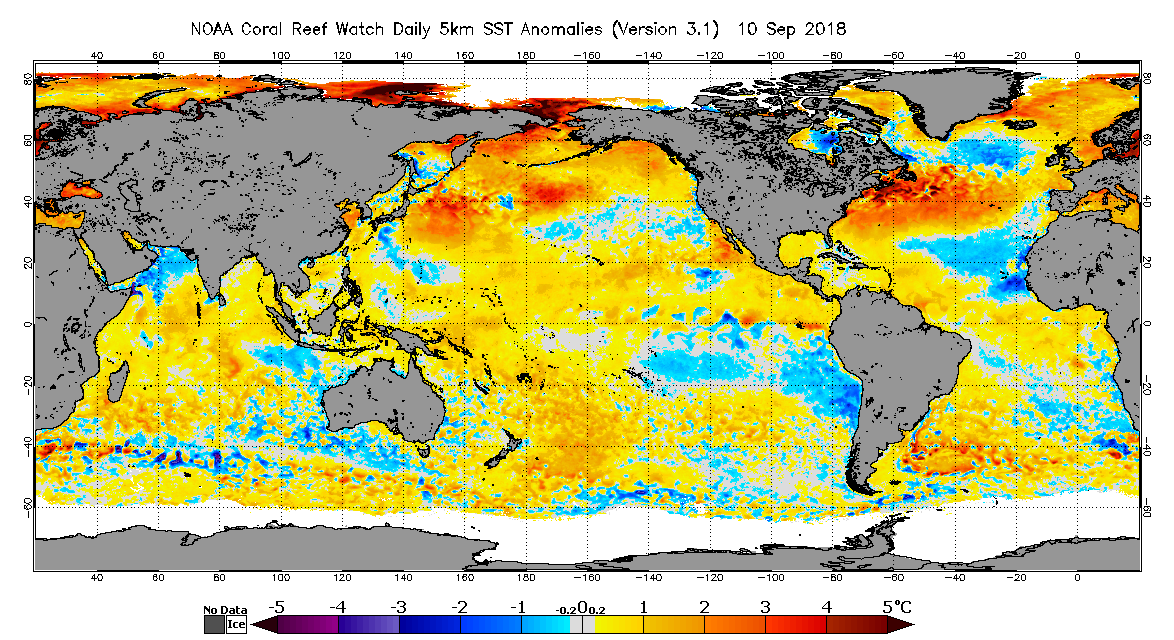NDG wrote:toad strangler wrote:NDG wrote:
You are incorrect, you didn't finished reading when SAL peaks, "Saharan Air Layer activity usually ramps up in mid-June, peaks from late June to mid-August,
and begins to rapidly subside after mid-Augustt". So in another words in average July is when is at its worst, proven by previous years. And by the way things look it could very well continue to through July.
https://www.weather.gov/media/zhu/Sahar ... _Plume.pdf
I think we are splitting hairs here and I wouldn't state that I'm incorrect. The last 17 years have had SAL peak average in late June. Post #1161 in this thread. Also, I have previously mentioned that SAL can easily reign through July and even the first half of August. There would be nothing abnormal about that.
So why would you say that "SAL peaks in late late June and that it tails off throughout July" is either A or B, make up your mind

Look at the chart I posted. It tails off. Just like hurricane activity does post September 10th. Does that mean there can't be huge activity afterward? Of course not.
















